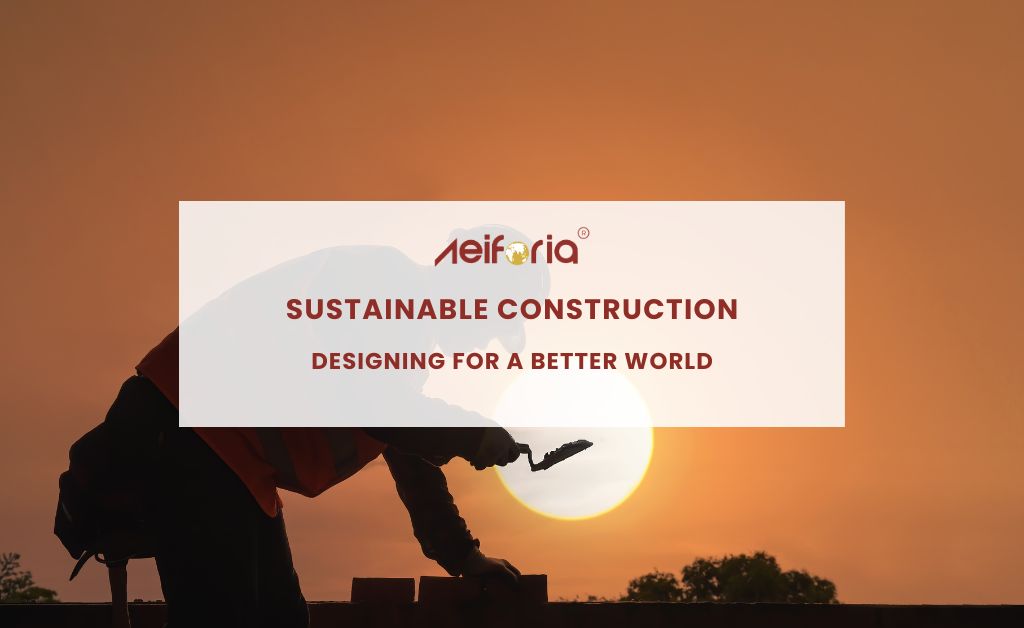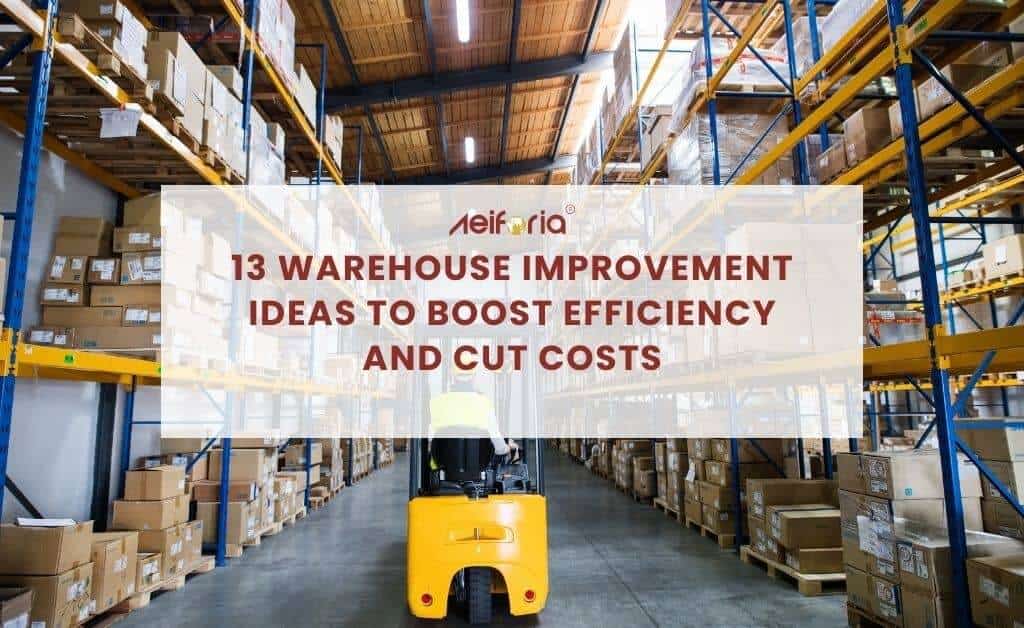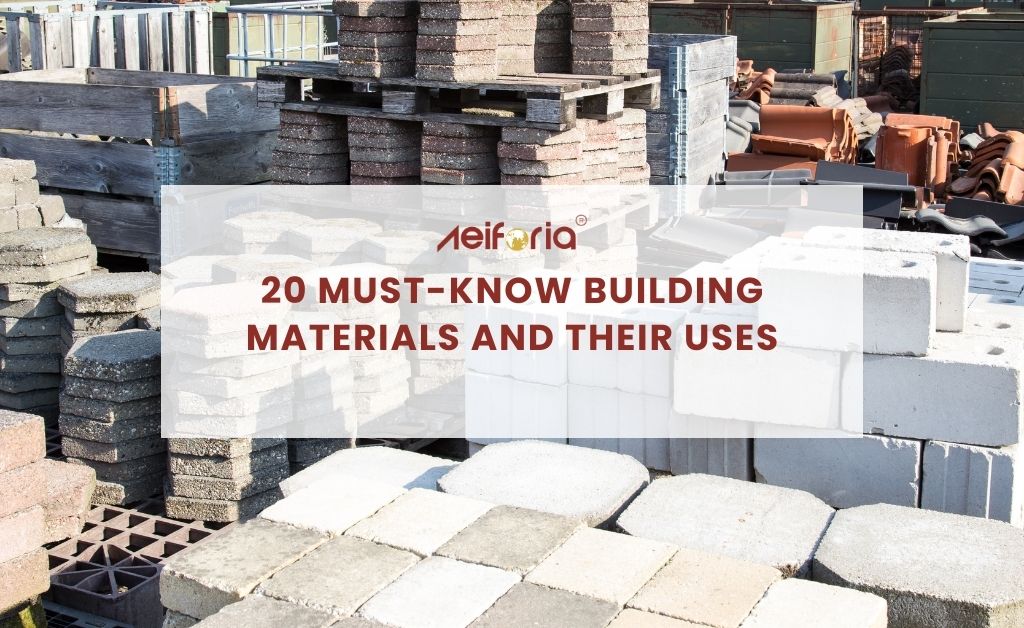
What is Sustainable Construction
In an era where environmental concerns have taken centre stage, the construction industry is no exception. Sustainable construction has emerged as a critical driver for creating a more eco-friendly and resilient future.
It's a visionary approach to design and build designs that minimize negative environmental impacts while maximizing the efficient use of resources. In this blog post, we'll explore what sustainable construction entails, why it's essential, and how we can design for a sustainable future.
Understanding Sustainable Construction
Sustainable construction, or green or eco-friendly building, is an environmentally responsible and resource-efficient approach to designing, constructing, and operating buildings and infrastructure.
This method aims to reduce the negative environmental impacts of the construction process, promote energy efficiency, and use renewable resources wisely. It encompasses many principles and practices considering the long-term effects of construction on our planet.
Key Elements of Sustainable Construction
- Energy Efficiency: Sustainable construction places a strong emphasis on reducing energy consumption. This can be achieved through various means, such as using energy-efficient materials, insulation, and advanced heating and cooling systems.
- Material Selection: The choice of materials is critical in sustainable construction. Opting for eco-friendly and recyclable materials reduces the environmental impact and ensures that resources are used efficiently.
- Water Conservation: Sustainable construction focuses on reducing water usage, both during the construction phase and in the operational life of the building. Techniques like rainwater harvesting and low-flow fixtures are commonly employed.
- Waste Reduction: Minimizing construction waste is a fundamental aspect of sustainability. Reusing and recycling materials not only conserves resources but also reduces the environmental burden of waste disposal.
- Indoor Air Quality: Sustainable construction aims to create healthier indoor environments using low-emission materials and providing proper ventilation and air filtration systems.
Why Sustainable Construction Matters
The need for sustainable construction has never been greater. Here are some compelling reasons why it's a crucial aspect of building our future:
- Environmental Impact: Conventional construction methods often lead to significant ecological damage, from deforestation for timber to extensive carbon emissions. Sustainable construction seeks to minimize these harmful effects.
- Resource Conservation: With finite natural resources, sustainable construction helps ensure that we make the most of what we have without depleting resources for future generations.
- Cost Savings: While the initial cost of sustainable construction may be higher, the long-term savings in energy and maintenance costs can be substantial.
- Regulatory Compliance: Many governments and municipalities are introducing stricter environmental regulations. Sustainable construction helps builders stay compliant with these evolving requirements.
- Public Awareness: As people become more environmentally conscious, sustainable construction can be a valuable selling point for homes and commercial properties.
Designing for a Sustainable Future
Now that we understand the significance of sustainable construction, let's explore how we can design for a sustainable future:
- Site Selection and Planning: Selecting the right location for a building is the first step in sustainability. Consider proximity to public transportation, walkability, and the impact on local ecosystems. Compact and mixed-use developments reduce the need for excessive transportation and the associated emissions.
- Passive Design: Passive design principles focus on optimizing a building's orientation, layout, and use of natural light and ventilation. This reduces the need for artificial lighting, heating, and cooling, ultimately saving energy.
- Energy-Efficient Building Envelope: A well-insulated and airtight building envelope is crucial for maintaining a comfortable indoor environment while minimizing energy consumption. High-quality windows, doors, and insulation materials are vital components.
- Renewable Energy: Utilizing renewable energy sources like solar panels, geothermal systems, and wind turbines can significantly lower the use of fossil fuels to power a building.
- Water Efficiency: Implement water-saving technologies such as rainwater harvesting, low-flow fixtures, and efficient irrigation systems to reduce water consumption.
- Sustainable Materials: Choose sustainable and recycled materials whenever possible. Look for certifications like FSC (Forest Stewardship Council) for wood products and Cradle to Cradle for overall sustainability.
- Waste Reduction: Plan construction projects to minimize waste and reuse or recycle materials when feasible. This approach not only reduces landfill waste but also conserves resources.
- Green Roofs and Living Walls: These innovative features can help with temperature regulation, air quality, and stormwater management while providing additional green spaces in urban environments.
- Innovative Technology: Implement smart building systems that optimize energy use, lighting, and temperature control based on occupancy and external conditions.
- Lifecycle Assessment: Evaluate the environmental impact of a building throughout its entire lifecycle, from construction and operation to demolition. This helps make informed decisions about design and materials.
Challenges and Opportunities
While the concept of sustainable construction is gaining momentum, it's challenging. The construction industry has been traditionally slow to embrace change due to factors like cost considerations and resistance to new technologies. However, there are several opportunities to overcome these hurdles and transition to a more sustainable future:
- Education and Training: Increasing awareness and providing training for architects, builders, and engineers on sustainable construction practices is essential.
- Incentives and Regulations: Governments can play a pivotal role by offering incentives and enacting regulations encouraging sustainable construction, such as tax incentives, energy efficiency standards, and green building certifications.
- Innovative Technologies: Advancements in building materials and technologies are making sustainable construction more cost-effective and accessible.
- Consumer Demand: As more consumers prioritize sustainability, builders and developers respond by offering green building options to meet market demand.
Conclusion
Sustainable construction is not just a buzzword; it's a critical approach to building a better future for our planet. By prioritizing energy efficiency, resource conservation, and responsible design, we can mitigate the environmental impact of construction while enjoying long-term economic benefits.
As we design for a sustainable future, it's imperative that all stakeholders, from builders to governments to consumers, work together to make eco-friendly construction the new standard.
With every sustainable structure we build, we step closer to a greener, healthier, and more prosperous world. The journey towards sustainable construction is worth pursuing for the planet's sake and future generations.
FAQs
Is sustainable construction more expensive?
Initial costs can be higher, but long-term savings in energy and maintenance expenses often make it cost-effective.
How can I make my existing building more sustainable?
Retrofitting with energy-efficient systems, improving insulation, and upgrading windows and doors are vital steps.
What are some certifications for sustainable construction?
LEED, BREEAM, and Living Building Challenge are notable certifications assessing and rating building sustainability.
What role can individuals play in promoting sustainable construction?
Individuals can advocate for eco-friendly building practices, choose sustainable materials, and support policies encouraging sustainability.






